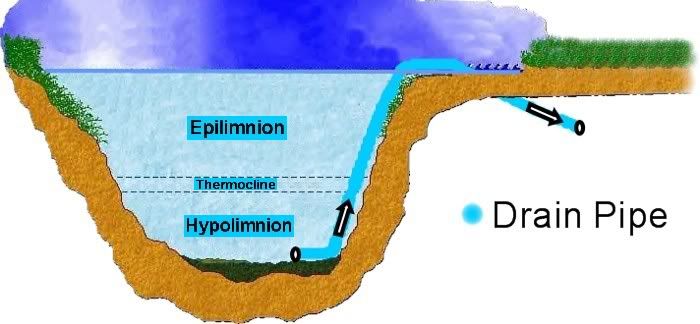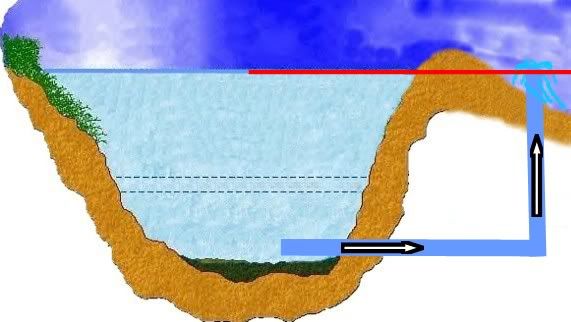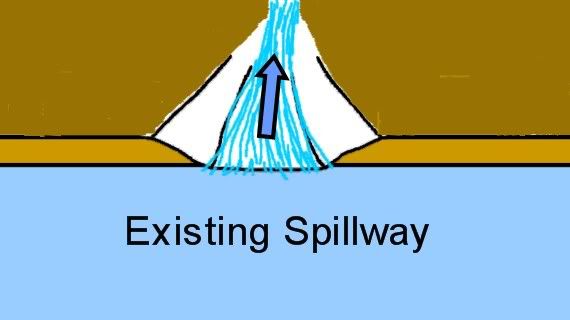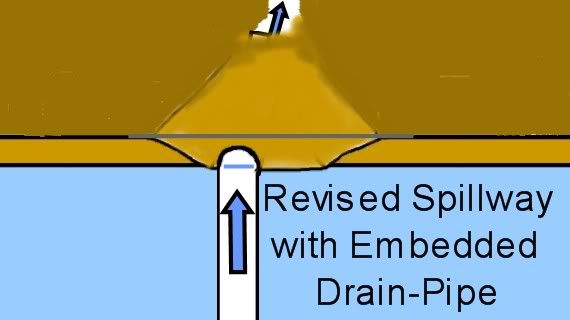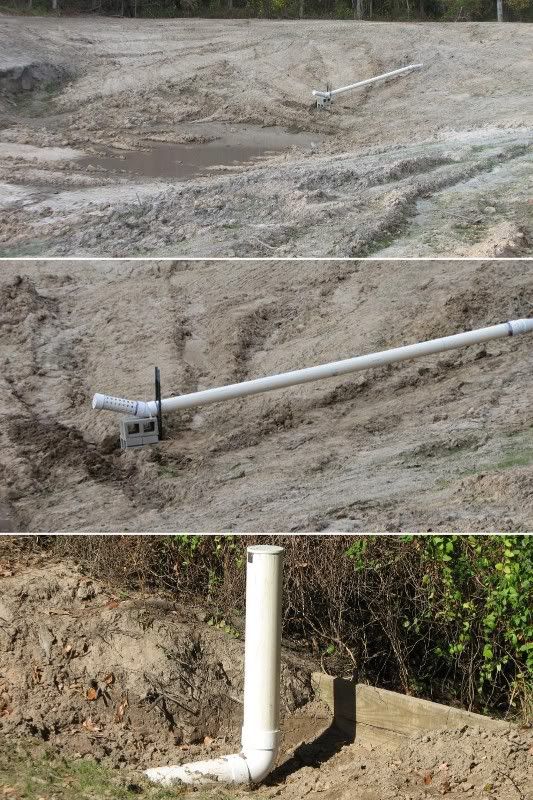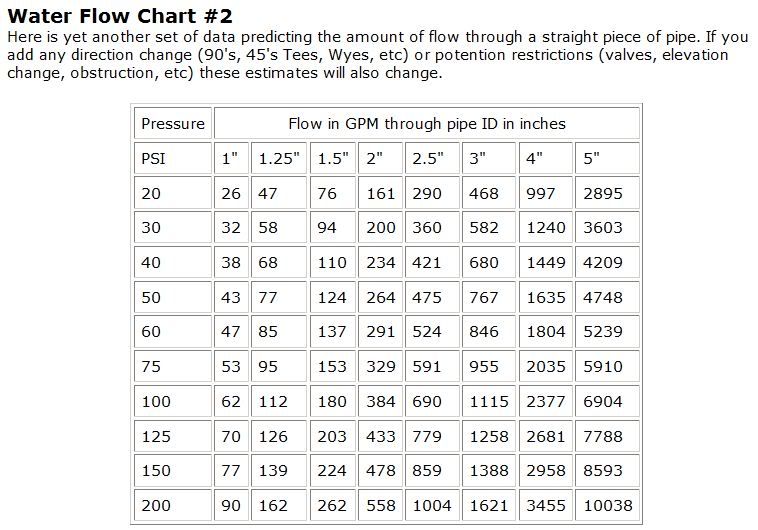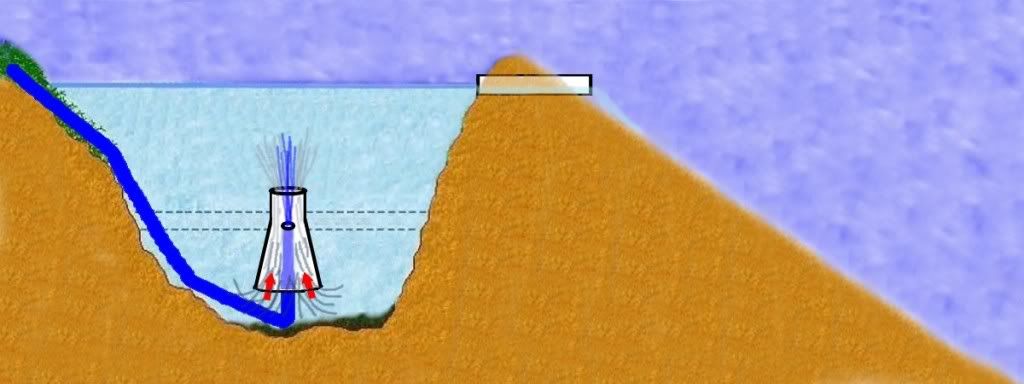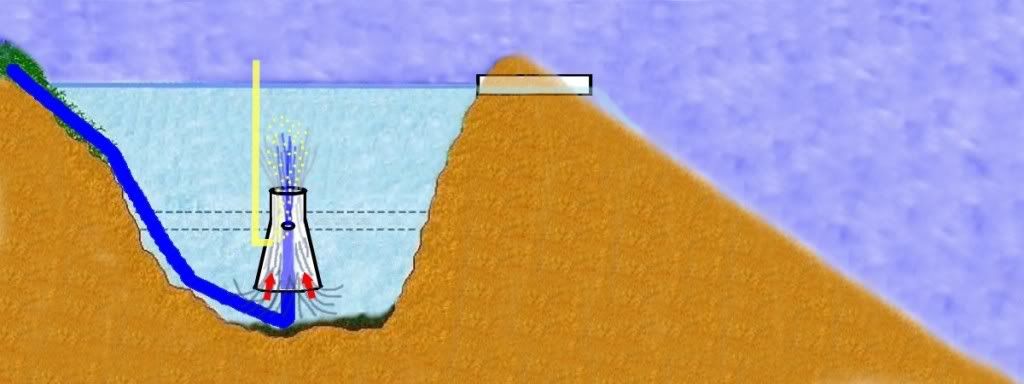Will this improve or destroy my pond? - 12/22/11 04:10 PM
I have a healthy one acre pond at 3,000' elevation in California, max depth of about 12'. It has catfish, bass, and bluegill in it.
Other than rain runoff, the water source is water that is piped in from a stream diversion. The piped water flows most of the year, and there is a spillway/outlet on the exact opposite side of the pond.
A relative wants to move the outlet to be sited very close to the water source and is determined to do it. From where the water comes in, the outlet would only be maybe 1/15 the way around the pond. So the water inlet, and outlet, will in the future be sited very close together.
I don't know much about pond health, but I am concerned about maybe creating a stagnant area on the opposite side of the pond? It seems that having the outlet so close to the inlet will at least introduce this possiblity?
Ideas?
Other than rain runoff, the water source is water that is piped in from a stream diversion. The piped water flows most of the year, and there is a spillway/outlet on the exact opposite side of the pond.
A relative wants to move the outlet to be sited very close to the water source and is determined to do it. From where the water comes in, the outlet would only be maybe 1/15 the way around the pond. So the water inlet, and outlet, will in the future be sited very close together.
I don't know much about pond health, but I am concerned about maybe creating a stagnant area on the opposite side of the pond? It seems that having the outlet so close to the inlet will at least introduce this possiblity?
Ideas?

